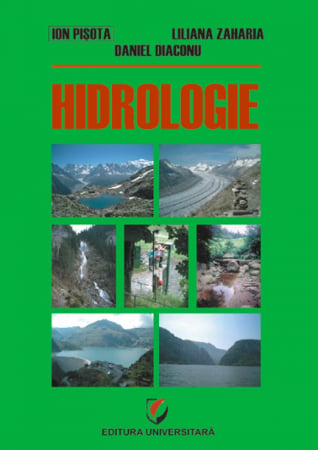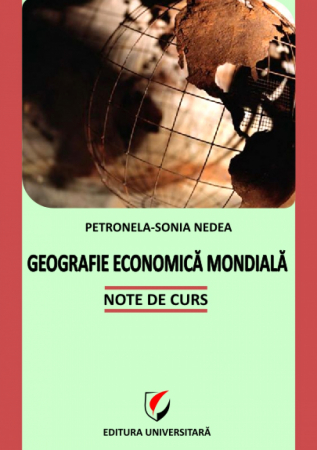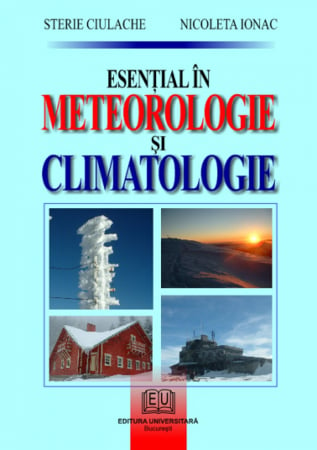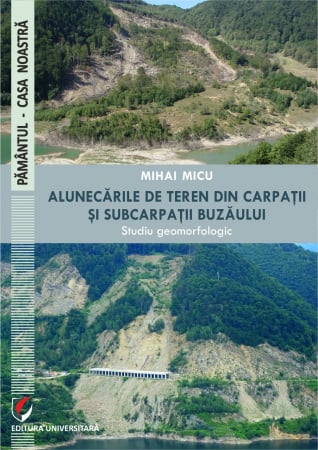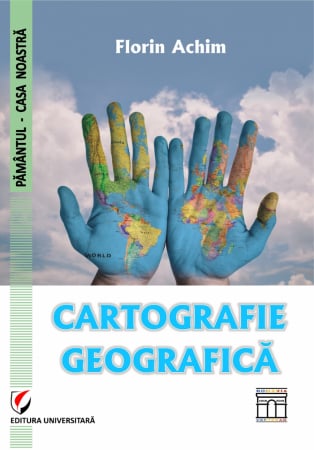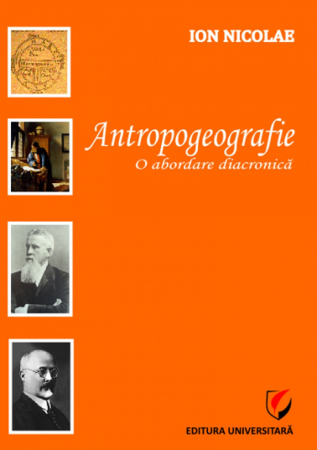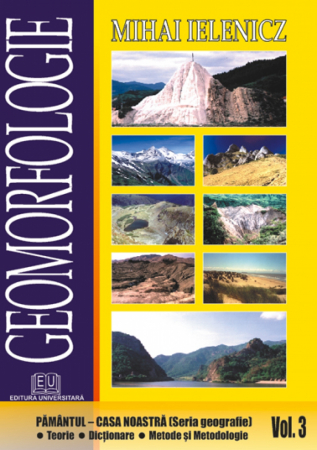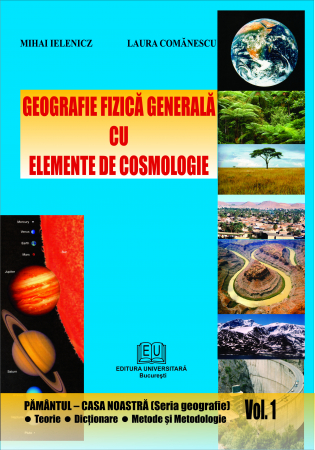Propuneri manuscrise: [email protected]: 0745 204 115
Urmărire comenzi Persoane fizice / Vânzări: 0745 200 357 / Comenzi Persoane juridice: 0721 722 783
Editura: Editura Universitară
Autor: ed.: Florentina-Cristina Merciu
Ediția: I
Pagini: 342
Anul publicării: 2024
ISBN: 978-606-28-1872-2
DOI: 10.5682/9786062818722
- Descriere
- Download (1)
- Autori
- Cuprins
- Cuvânt înainte
- Review-uri (0)
-
Industrial heritage. A multifaceted approach
Descarcă

Florentina-Cristina MERCIU is lecturer PhD. at the Faculty of Geography, University of Bucharest, Romania. She is a senior researcher at the Interdisciplinary Center for Advanced Research on Territorial Dynamics at the same university. Her PhD thesis was focused on the redevelopment of the largest coal mining basin in Romania. She obtained a post-PhD scholarship conducted in 2012 at the University of Florence, Faculty of Architecture, Department of Urban and Spatial Planning with a specialization on inventory and methods of investigation of industrial heritage. Her research interests include the context of industrial heritage regeneration and urban development of former industrial areas through a cultural approach, digitization of cultural heritage, place attachment to the industrial heritage, and urban geography. Experience in working in European research projects (Espon, JPI Urban Europe), good knowledge in data collection, data processing and interpretation, dissemination activities. She has published more than 20 articles and one book on industrial heritage.
Giovanni Peira
Chapter 1. Introduction: The Complexity of Industrial Heritage Versus a Multifaceted Approach / 11
Florentina-Cristina Merciu
PART I HERITAGE VALUES ASSESSMENT OF INDUSTRIAL MONUMENTS / 47
Chapter 2. Research on the Design Evolution of Chinese Industrial Housing from a Perspective of Industrial Heritage / 49
Fanlei Meng, Xinyu Zhang, and Chunyan Zhao
Chapter 3. Decoding the Colonial Discourse and Heritage Values of the Historical Oraviţa-Anina (Romania) Railway Based on Visual Representations / 73
Florentina-Cristina Merciu, Martin Olaru, Mircea Dorobanţu, Cornel Păunescu, and George-Laurenţiu Merciu
PART II INDUSTRIAL HERITAGE: REDEVELOPMENT AND ADAPTIVE REUSE / 113
Chapter 4. Can industrial heritage promote the regene¬ration of economically declining cities in China? - Based on the case of Changying Site Museum / 115
Sunny Han Han and Huimin Zhang
Chapter 5. Harbour Cities of Rijeka and Dubrovnik – Case Studies of Challenges, Promotion and Re-use of Industrial Heritage / 146
Zrinka Barišić Marenić and Roberta Pavlović
Chapter 6. Deindustrialization and Refunctionalization of Industrial Heritage in São Paulo, Brazil / 178
Clarissa M. R. Gagliardi and Mônica de Carvalho
Chapter 7. Refunctionalization of Heritage Assets in Patagonia, Argentina. From Train Station to Library / 200
Graciela Ciselli and Antonella Duplatt
PART III INDUSTRIAL HERITAGE ASSESSMENT THROUGH THE LENS OF TOURISM / 227
Chapter 8. In Correlation with a New Context: Existence Through Adaptation. About the First Industrial Winery in Basarabia / 229 /
Aurelia Trifan
Chapter 9. Industrial Heritage Sites in Alexandria – Egypt: a New Vision for Sustainable Tourism / 259
Noha Ibrahim Khalil
PART IV THE MUSEUMS AND INDUSTRIAL HERITAGE: EXPERIENCES AND CHALLENGES / 289
Chapter 10. The Pinhais Cannery: Centenary Factory and Living Museum / 291
Maria Otilia Pereira Lage and Carla Sequeira
Chapter 11. Industrial Heritage in Museums of Egypt Collections Care and Interpretation. Helwan Observatory Museum as a Case Study / 317
Shreen Mohamed Amin
Industrial heritage includes all those industrial testimonies and buildings that played a fundamental role in the development of society, the economy and technological innovation during the Industrial Revolutions.
These places offer us a unique window into the history of companies. They are tangible evidence of the materiality and immateriality of human creativity and ingenious solutions that have changed the course of our evolution. Some of these manufacturing sites have been left in ruins, others have been restored, becoming museums and cultural centres, helping to preserve the industrial heritage and some have even become UNESCO sites. The link between the history of the company with the territory and the community is very close from a social, economic and town-planning point of view.
However, despite the intrinsic value of the opportunities it offers, industrial heritage is often at risk of neglect and degradation. Therefore, it is necessary for scholars with an interdisciplinary approach to the study of industrial societies to contribute to the analysis of material traces (the machinery, artefacts and factories) that acquire the role of documentary sources for historians of economics and technology, labour and enterprise, architecture and engineering. The survival of these traces depends on various factors (human and environmental), but the recognition of their historical, cultural and anthropological value is fundamental to bringing the problem of their preservation to the attention of the community. It is the first step on a path that can allow the industrial heritage to be protected and then identify the most effective strategies for future valorisation.
In this context, there has been an increasing number of studies dedicated to industrial heritage in recent years, justified by the rapid changes in economic, political and socio-cultural terms. Furthermore, the influence of these factors requires a continuous and in-depth research of the industrial heritage.
The book, Industrial Heritage: a Multifaceted Approach, edited rigorously by Florentina-Cristina Merciu, is an important scientific contribution that adressess the main relevant themes related to industrial heritage.
The purpose of this book is not only to increase knowledge and the exchange of international experiences between scholars, but also to involve the public so that they become aware of the importance of industrial heritage.
This scientific contribution offers an original palette of approaches to industrial heritage analyzed by specialists from diverse fields (architecture, geography, sociology, history). The scientific methods adopted thus vary depending on the field from case study analysis to qualitative and quantitative data analysis. Moreover, the book concentrates case studies that reflect the diverse typology of industrial heritage justifying the need to debate the various discourses referring to geographical, political and cultural contexts from Croatia, Portugal, Romania, Republic of Moldova, Argentina, Brazil, China and Egypt.
Authors pay attention to several concepts such as industrial housing, collective memory, place attachment, adaptive reuse, circular architecture, conservation, living and technical museums, colonial discourse, industrial tourism that reflects the multidisciplinarity approach of industrial heritage.
Some chapters discuss current topics related to the importance of the rigorous urban planning of the adaptive reuse of the industrial heritage in the context marked by deindustrialization, globalization, service and housing dynamics. It is considered of particular importance to analyze derelict industrial heritage buildings and sites from the perspective of adaptive reuse through minimal interventions on their structure in order to respond to a greater extent to the needs of the community and to reflect their patrimonial values and at the same time to limit their purely economic reuse. From this perspective, this book is of particular interest to the many stakeholders involved in the preservation, conservation and reuse of industrial heritage.
Industrial heritage is a valuable resource that deserves attention, protection, promotion and study. Valuing these “cultural complexes” allows us to better understand the past, inspire the present and build an innovative and sustainable future.
Professor PhD. Giovanni PEIRA,
University of Turin,
Turin, Italy

6359.png)
![Industrial heritage. A multifaceted approach [1] Industrial heritage. A multifaceted approach [1]](https://gomagcdn.ro/domains/editurauniversitara.ro/files/product/large/industrial-heritage-a-multifaceted-approach-871018.jpg)
![Industrial heritage. A multifaceted approach [2] Industrial heritage. A multifaceted approach [2]](https://gomagcdn.ro/domains/editurauniversitara.ro/files/product/large/industrial-heritage-a-multifaceted-approach-792490.jpg)
![Industrial heritage. A multifaceted approach [0] Industrial heritage. A multifaceted approach [0]](https://gomagcdn.ro/domains/editurauniversitara.ro/files/product/medium/industrial-heritage-a-multifaceted-approach-871018.jpg)
![Industrial heritage. A multifaceted approach [1] Industrial heritage. A multifaceted approach [1]](https://gomagcdn.ro/domains/editurauniversitara.ro/files/product/medium/industrial-heritage-a-multifaceted-approach-792490.jpg)
